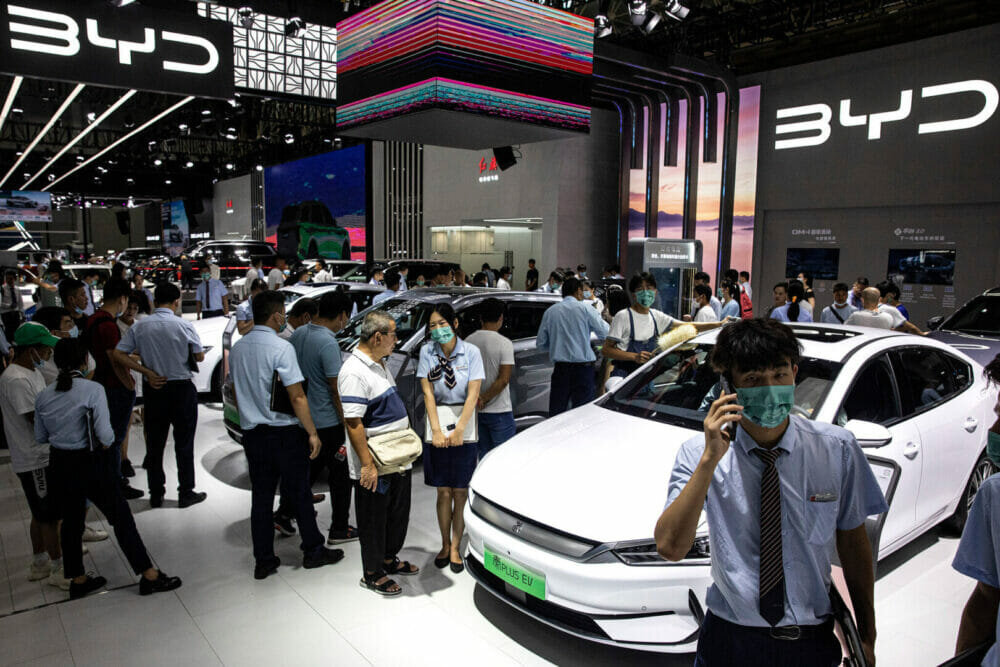As the electric vehicle market grows across the globe, we must look at countries that are finding the best course of action going forward. With organisations such as the International Energy Agency calling for the ban of all new petrol and diesel cars by 2035 to meet climate change demands, we must find the best methods for supporting this transition.
China is a leading country in the EV market, buying 50%, one in every two, of all EVs sold in 2021. Whether you are a car or battery pack manufacturer or electronic innovator, the lessons learnt from China’s EV market and infrastructure can help lead us to a cleaner future. Here we will explore exactly why they are excelling in this area, and how other countries can replicate their methods to achieve a more sustainable future.
China’s EV market
China’s strength in developing EVs comes from multiple factors, including the passion of its president for the progression of cleaner energy. President Xi Jinping has claimed that China will reach peak carbon dioxide emissions by 2030, with the country being carbon neutral by 2060. Having a government with strong decarbonisation goals is crucial for developing clean energy innovation, action, and commitment. And this commitment to the development of EVs isn’t a recent phenomenon for China, with Chinese leaders considering this since the 1990s. BloombergNEF predicts that while EVs only made up 3% of the whole of China’s passenger fleet in 2021, it is expected to reach 77% by 2040.
The Chinese government has also invested a lot of time, money, and energy into strengthening the infrastructure. By building charging networks throughout the country, it’s supporting a strong EV market through accessible plug-in ports. China has 1.15 million charging points publicly available, making up approximately 65% of all global stations. And 41% (470,0000) of these are fast-charging stations, compared to the 19,934 fast points in the UK and the 6,000 fast-charging stations in the US. These points aren’t solely in the big cities either, with charging ports also appearing in small villages, including those close to the Ming Tombs.
This infrastructure also includes a roadmap called “Ubiquitous Power Internet of Things”, which encourages EV drivers to charge their cars when the power companies need it. This reduces overproduced renewable power being wasted, improving power consumption efficiency across the country.
How to rest of the world must compete
The strength of EV schemes comes from a supported infrastructure being in place. EV sales that surpass a strong infrastructure will make it more difficult to manage and, potentially, fail. Making sure publicly accessible charging points are frequent and functional is key to the strength and development of EV market growth. Just as the Chinese government has done, we must also encourage the accessibility of charging ports outside of urban areas, opting to create a network that spans even the most rural areas.
The main success of China’s EV market is the dedication the government has to it. Implementing the same ambition towards climate change in other countries could see the scaling up of progression that the IEA is looking for. Dedicated schemes and roadmaps for success are necessary for the development of any plan, including a change to renewable power.
The EV market is set to grow with the current interest in positive environmental impacts, aiding climate change, and a look towards a more sustainable future. Finding countries that can lead by example is important. China has a history of innovation, and the work towards strengthening its EV market is inspiring.








